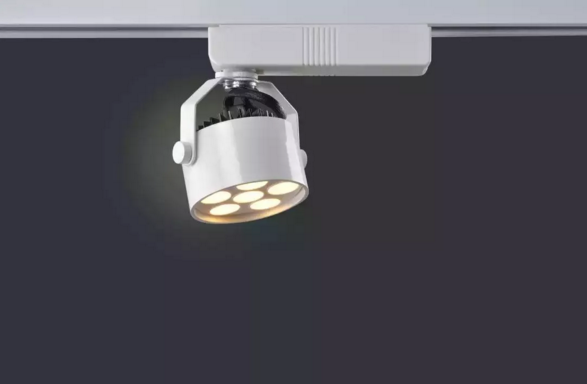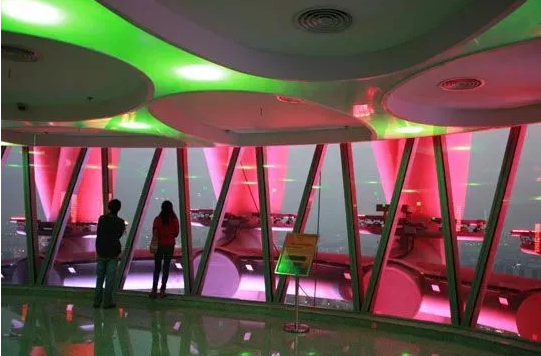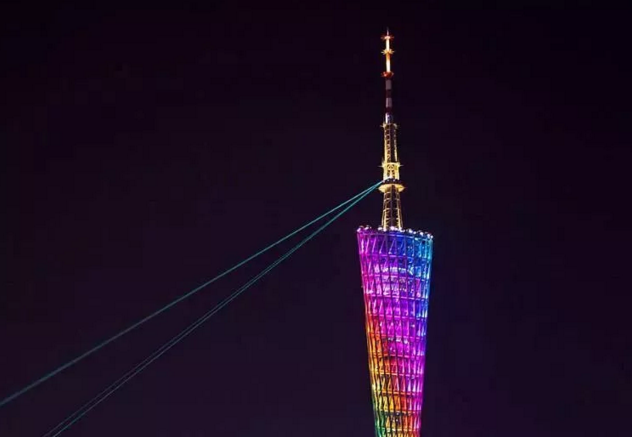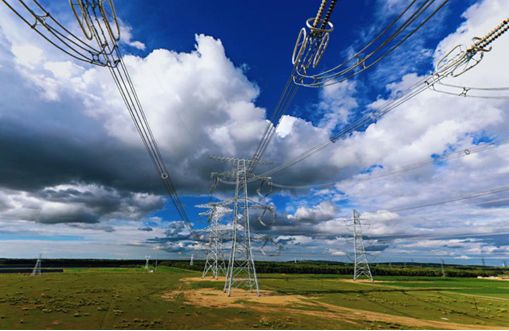How does the Canton Tower light up?
2018-05-10

How does the Canton Tower light up? The secret lies in the more than 6,700 LED lights on the tower.
LED (Light Emitting Diode) is a solid-state semiconductor device that can convert electrical energy into visible light. LEDs can emit red, yellow, blue, green, cyan, orange, purple, and white light.
LEDs are known as the fourth generation of light sources, featuring energy efficiency, environmental friendliness, safety, long lifespan, low power consumption, low heat, high brightness, waterproofing, miniaturization, shock resistance, easy dimming, focused light beams, and easy maintenance. In addition to lighting, they can also be used in car lights, traffic signals, outdoor large display screens, and LCD backlight sources.

The more than 6,700 LED lights on the Canton Tower are fixed to the inner side of the steel pipe columns using crescent-shaped plates. All lights shine either upwards or downwards onto the main column, and they illuminate in segments. This method allows for strict control of light distribution, reducing diffuse light and light pollution, avoiding impact on nearby residential areas, and utilizing the strong directional characteristics of LEDs to concentrate light on structures like columns and ring beams, creating a clearer lighting effect.

In addition to LED lights, laser lights are also installed on the Canton Tower. Among them, the three laser lights located at the top of the tower are the most prominent, with a maximum range exceeding 1,000 meters, capable of shining on the East Tower, West Tower, and CITIC Plaza along the central axis of Guangzhou.

To make the Canton Tower ultimately light up, stable power supply is essential. The total installed capacity of the Canton Tower is 19,850 kVA, with 13 dedicated transformers, and the load importance level is classified as secondary. In the case of tight load in the area, three new dedicated lines are provided for power supply, with two main lines coming from different busbars of the same substation, and one backup line coming from a different substation to ensure power supply reliability.
recommend News
The two-day team-building event of Zhonglian Kechuang has concluded perfectly.





